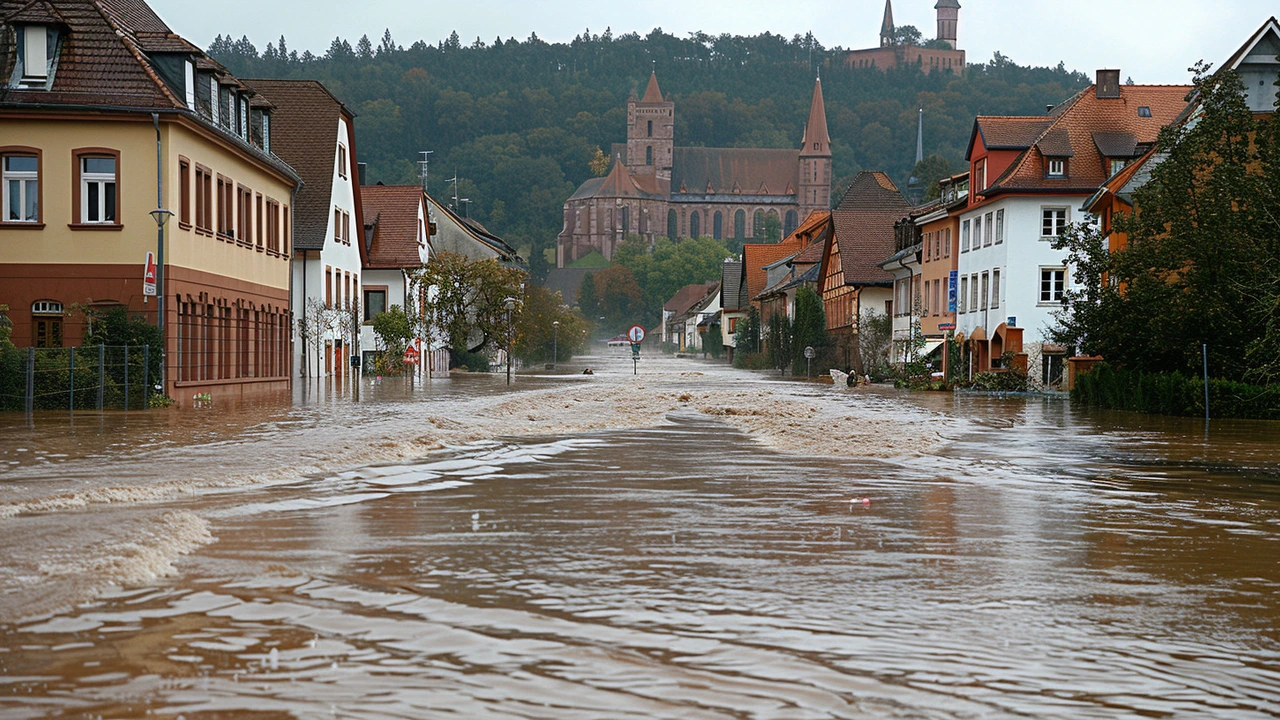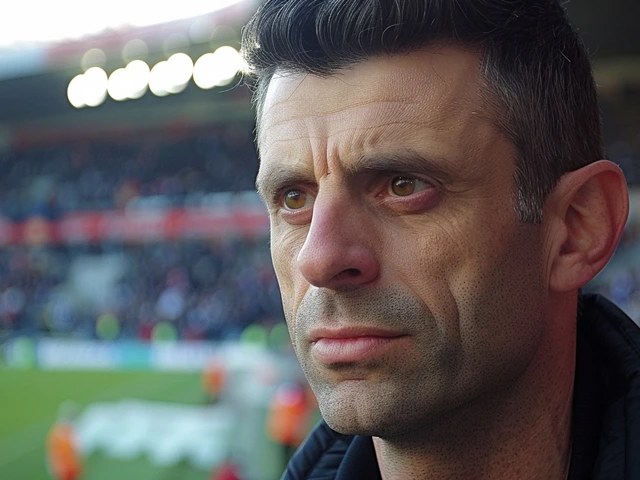Danube River — Europe's Great Waterway
The Danube runs from Germany's Black Forest to the Black Sea, stretching about 2,850 km. It's the second-longest river in Europe and flows through or borders ten countries: Germany, Austria, Slovakia, Hungary, Croatia, Serbia, Romania, Bulgaria, Moldova and Ukraine. The river shapes cities, economies and ecosystems along its route.
Start at the source near Donaueschingen and you quickly move from narrow mountain streams to wide plains. Major cities on the Danube include Ulm, Regensburg, Linz, Vienna, Bratislava, Budapest, Novi Sad and Belgrade. The river becomes a major trade route thanks to the Rhine–Main–Danube Canal, linking the North Sea and Black Sea for ships and barges.
Why the Danube matters
The river supports shipping, farming and energy. Large locks and dams, like the Iron Gates between Serbia and Romania, generate hydroelectric power and control flow. Ports handle grain, oil, and manufactured goods. The Danube also feeds irrigation systems and provides drinking water to millions.
Ecology is a big part of the Danube story. The Danube Delta in Romania and Ukraine is a UNESCO World Heritage site and one of Europe’s largest wetlands. It hosts thousands of bird species, fish, and unique plant life. Still, pollution from industry, agriculture and cities threatens water quality and habitats.
Visiting and practical tips
Cruises are an easy way to see multiple countries in comfort. Peak season runs from late spring to early autumn; expect the most ships and higher prices in June to August. For a quieter trip, choose shoulder months like May or September. Land travelers love the Danube Cycle Path, which follows the river between Passau, Linz, Vienna and Bratislava.
If you want the Delta, base yourself in Tulcea (Romania) and take a boat tour into reed channels and lagoons. Local guides know where to spot pelicans, herons and sturgeons. Note that border rules change along the river: carry your passport, check visa needs, and confirm boat routes cross borders legally.
Be aware of floods. Many Danube cities have flood history, so check local warnings during heavy rain or snowmelt. Also watch for invasive species like the zebra mussel, which harm native life and clog intake pipes—local authorities monitor these risks.
For photographers, golden hour along riverbanks and bridges in Vienna, Budapest or Belgrade gives classic shots. Food lovers will enjoy river-city markets, fresh fish dishes and regional wines from places like Hungary and Romania. So whether you want nature, history or city life, the Danube offers a clear route through Europe's heart.
Want to travel by land? Trains and buses run along most stretches and often offer cheaper, scenic alternatives to cruises. If you care about the river, support local conservation groups or choose operators with low-impact policies. The International Commission for the Protection of the Danube River (ICPDR) coordinates clean-up and flood plans — look up their reports before you go. Small actions matter: avoid single-use plastics on boat trips, join a guided clean-up if offered, and pick local guides to keep money in river communities. Plan ahead and enjoy the ride.
Southern Germany Faces Devastating Floods Amid Fears Berlin Will Miss Climate Goals
By Sfiso Masuku On 4 Jun, 2024 Comments (13)

Southern Germany is grappling with severe flooding, which has already claimed the lives of four individuals and submerged multiple towns along the Danube River. This marks the third significant flooding event in the region this year, underscoring concerns about the nation's ability to meet its climate targets. Experts are calling for urgent, more decisive action to combat the impacts of global warming.
View More




